Name Karl Albiker | ||
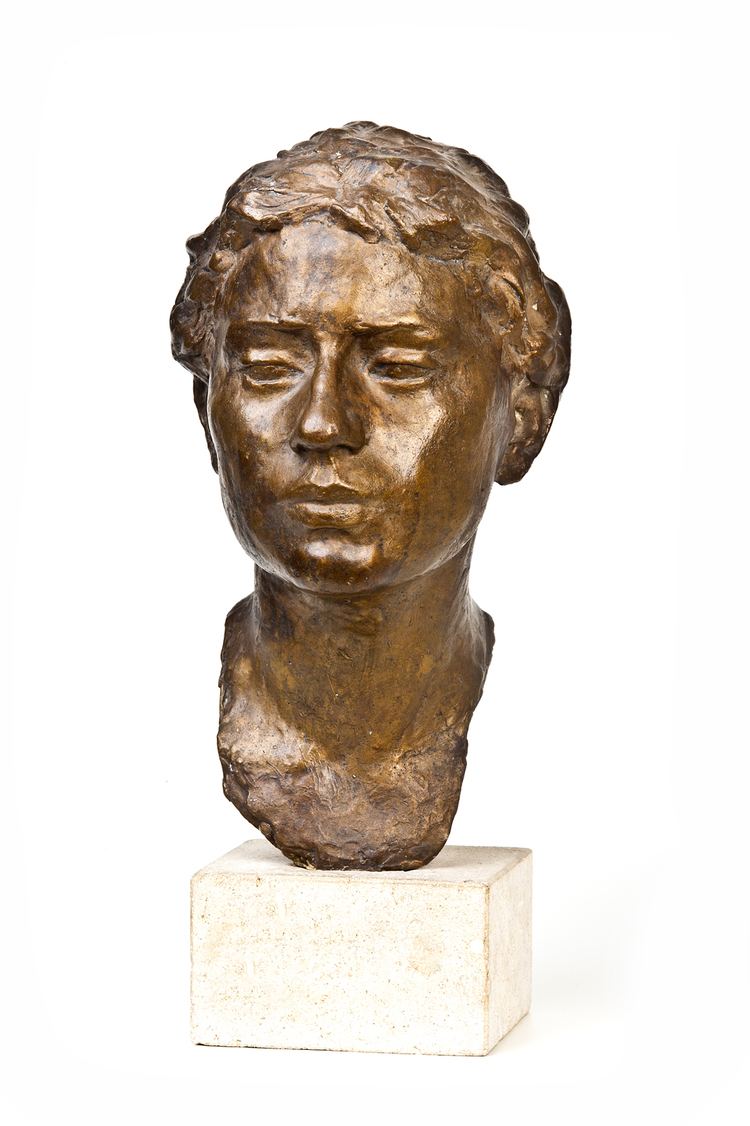 | ||
Died February 26, 1961, Ettlingen, Germany | ||
Karl Albiker (16 September 1878 in Uhlingen-Birkendorf – 26 February 1961 in Ettlingen) was a German sculptor, lithographer and teacher of fine arts. Albiker studied with Auguste Rodin in Paris. From 1919 to 1945 he was a professor at the Dresden Academy of Fine Arts. His monumental statues, like those of Georg Kolbe, reflected National Socialist heroic realism. Albiker created the relay racers for Berlin's Reich Sports Field and various war monuments, including those in Karlsruhe, Freiburg im Breisgau, and Greiz.
Contents
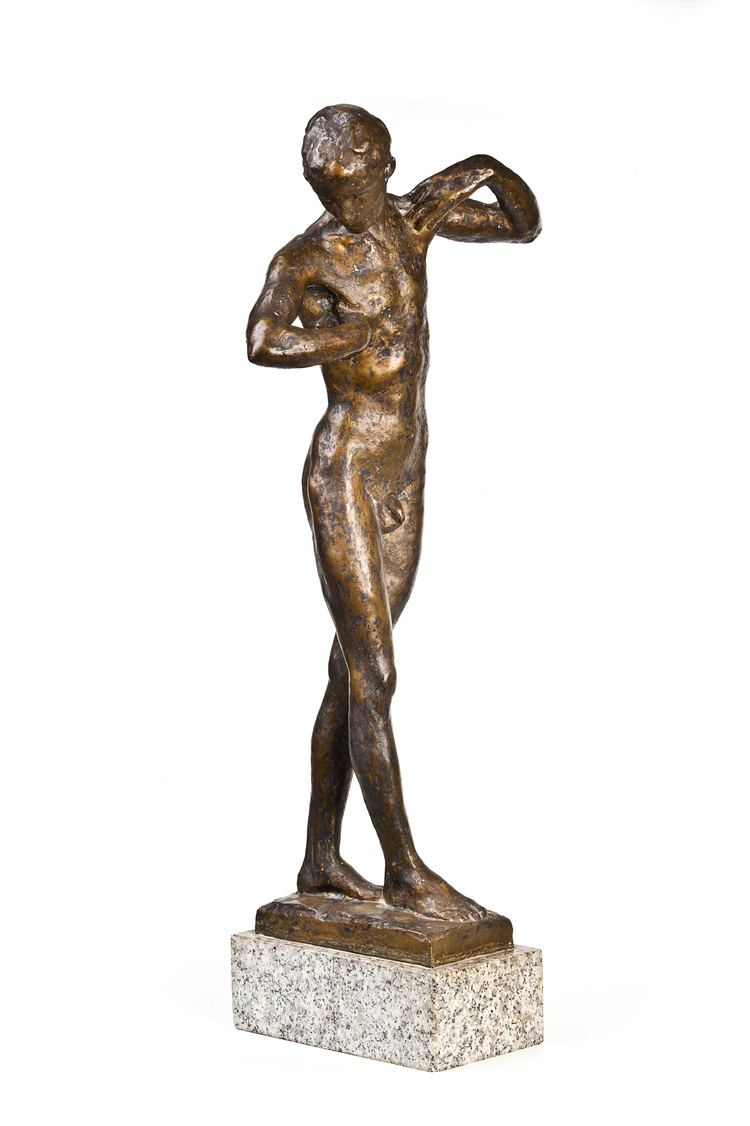
Biography
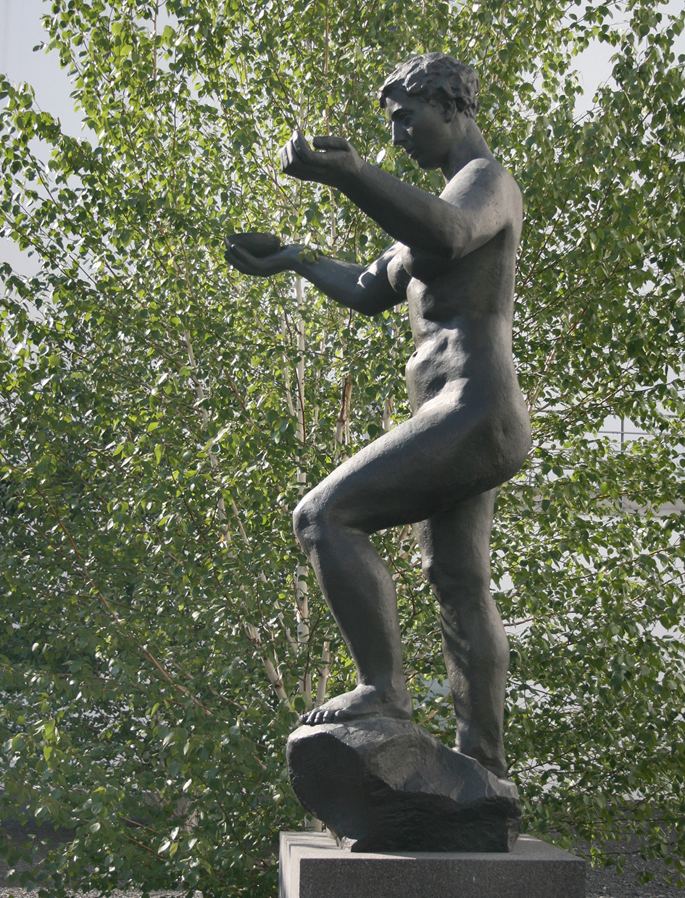
Albiker was a college student at the Academy of Fine Arts, Karlsruhe; after college he was a friend of, among others, the expressionist painter Karl Hofer. During the years 1899 and 1900 he attended the Academie Julian in Paris and the studio of Antoine Bourdelle. In Paris he met his admired sculptor Auguste Rodin, who became his teacher with time. Later Karl Albiker lived for a time in Munich (1900–1903), and then took a study trip to Rome (1903–1905). In 1905 he moved into a home studio in Ettlingen. The award of the Villa Romana prize in 1910 allowed him to stay in Florence, where he met the philosopher Leopold Ziegler, who dedicated to Albiker his work on art entitled Florentinische Introduktion (1911).
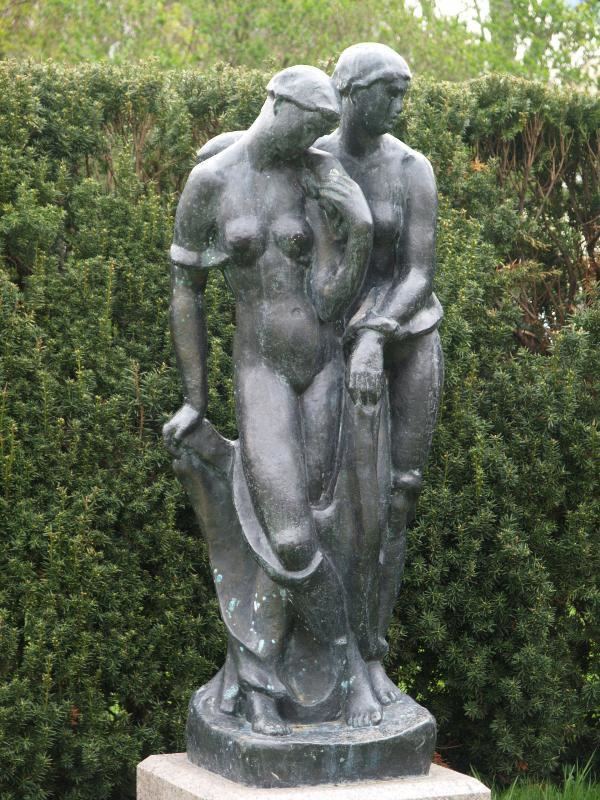
In 1919 the artist Albiker was a professor at the Dresden Academy of Fine Arts and was hired by the local art school. He was one of the important teachers of these schools, and in 1927 he founded both the Secession of Baden and the New Munich Secession.
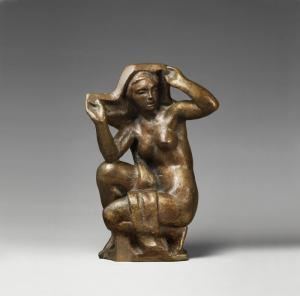
The National Socialist regime, which initially lacked artists to express their ideology through art work, attracted by way of their involvement in architectural projects sculptors such as Karl Albiker, Richard Scheibe and Joseph Wackerle, who had already made names for themselves in the 1920s, with the creation of large sculptures for the public and for administrative buildings, including the reconstruction project of the Berlin Forum on Sport, the Reichssportfeld. Albiker was commissioned to design the sculptural program collectively, under the supervision of the architect Werner March, who was in charge of the overall design. Albiker in the 1930s formed part of the jury of "German art".
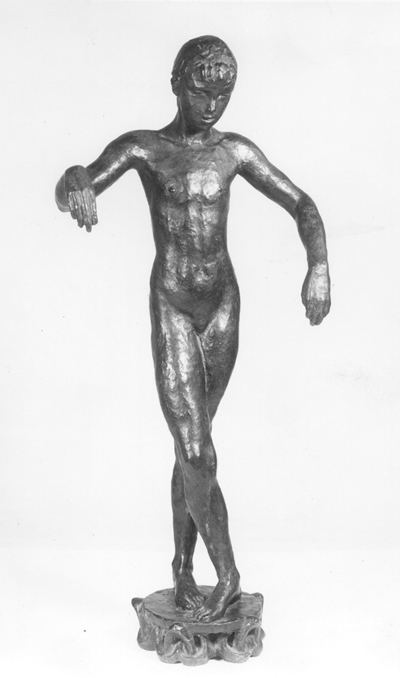
During the bombing of the Second World War, his house and studio were destroyed. In 1947 he returned to his home region of Baden, and established the Karl Albiker Foundation, through which, his own works and those of his private art collection, including more than 80 works by Karl Hofer, were passed into the possession of the Museum of the City of Ettlingen.
Karl Albiker died in 1961 at the age of 82 years in Ettlingen.
His son, Carl Albiker (1905–1996), was an art historian and photographer.
Works

In addition to his sculptures for public spaces, Karl Albiker made models for the manufacture of majolica pieces from Karlsruhe (Meissen porcelain). He also designed medals, medallions and lithographs.
His works are included in the Gallery of the City of Ettlingen, Ettlingen Castle, and the Municipal Museum of Zwickau, among others.
Among his most outstanding works are the following:
